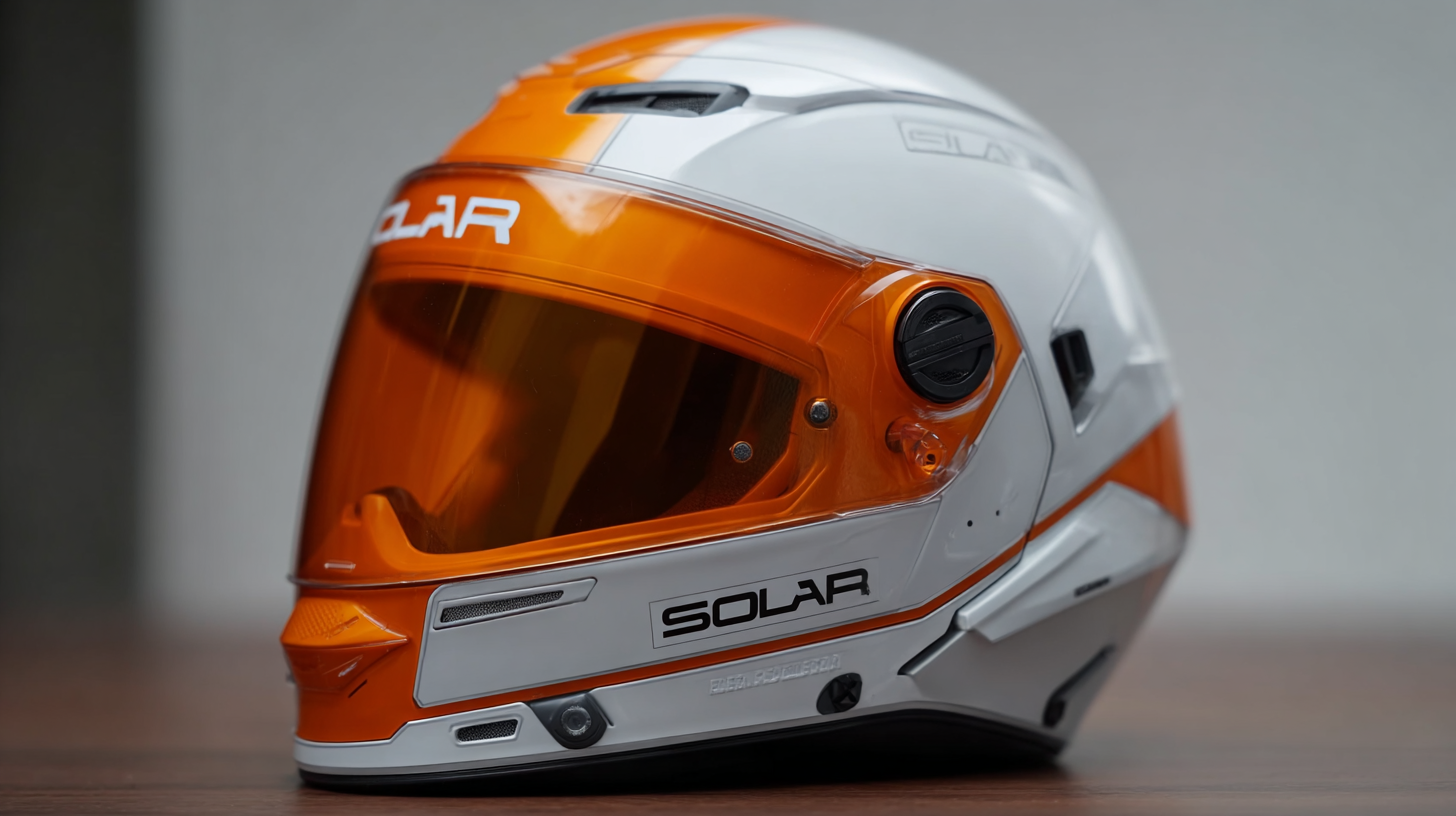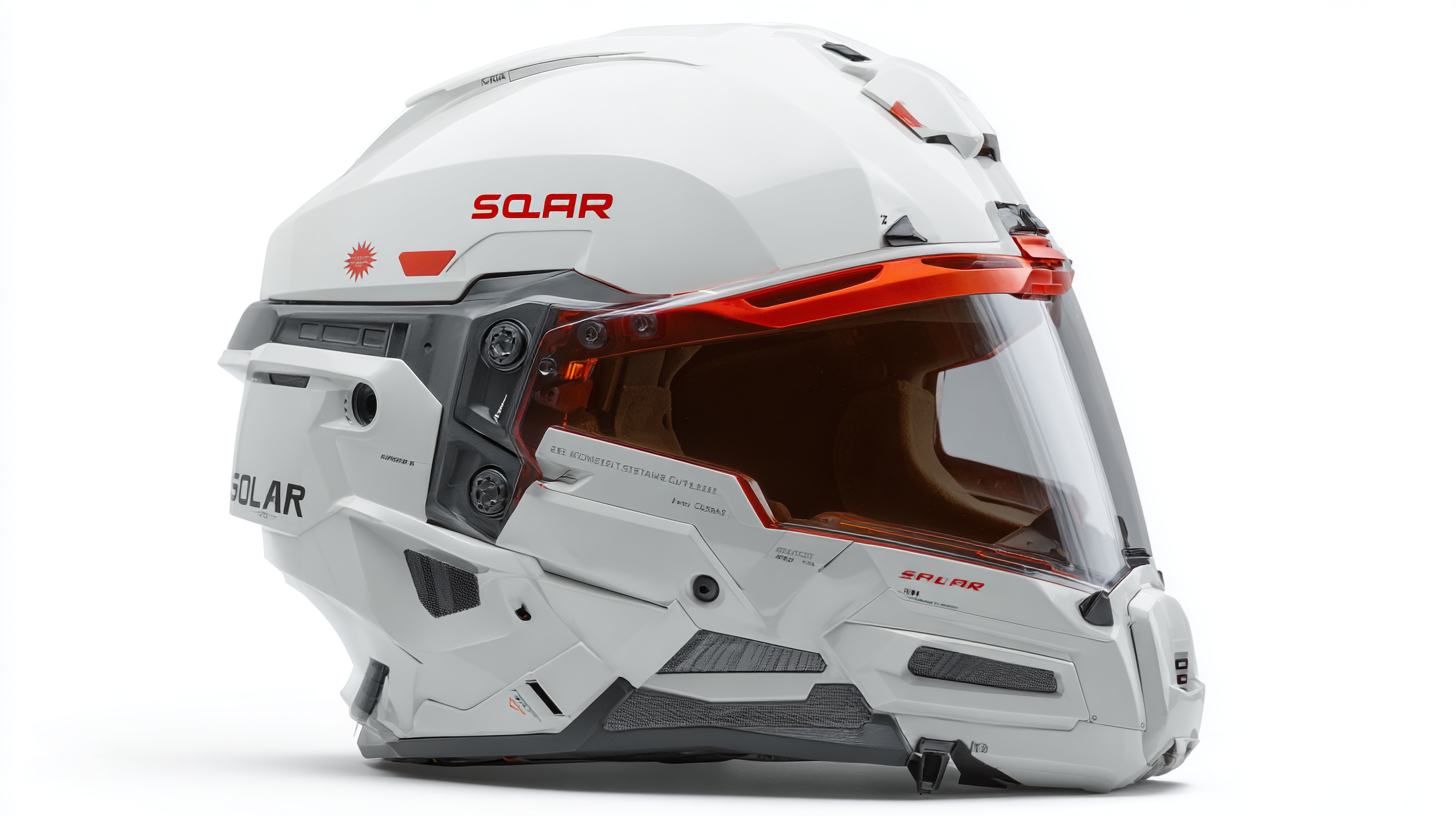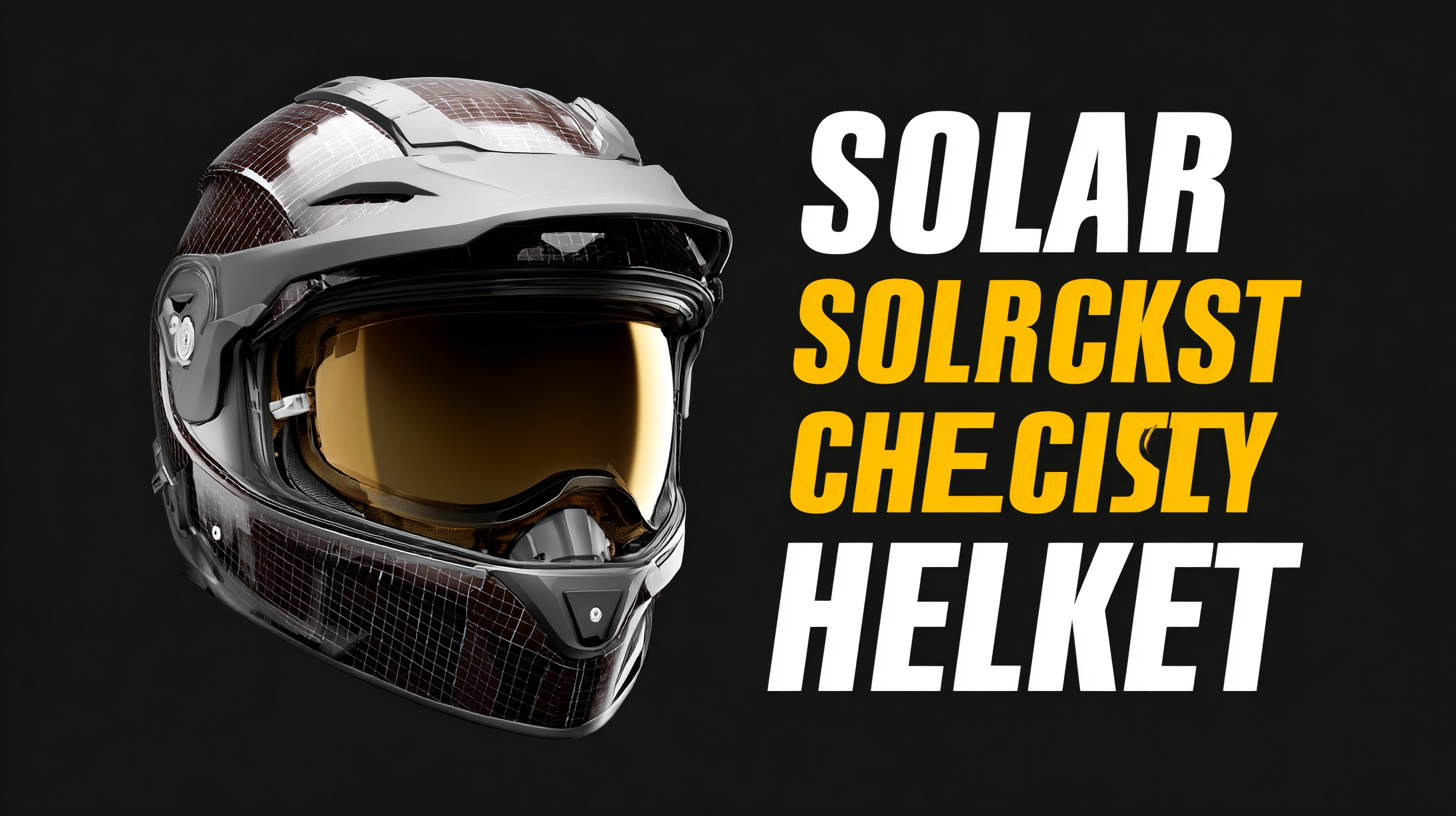Ultimate Checklist for Choosing the Best Solar Safety Helmet for Your Needs
When it comes to working in solar energy environments, safety should always be the top priority, and choosing the right equipment is crucial. One essential piece of gear is the Solar Safety Helmet, designed specifically to protect workers from the unique hazards associated with solar installations. However, with a variety of options available on the market, selecting the best helmet can be overwhelming.
This ultimate checklist will guide you through the key factors to consider, including industry import/export certifications, material quality, comfort, and additional features that enhance safety. Whether you are a seasoned professional or just starting in the solar field, understanding how to choose the best Solar Safety Helmet will ensure that you are well-protected and able to work effectively in any solar project.
Key Features to Look for in Solar Safety Helmets
When choosing a solar safety helmet, it's essential to focus on key features that will ensure both protection and comfort during your daily tasks.
 First, consider the weight of the helmet. A lighter helmet can significantly reduce fatigue during long hours of use, while still providing the necessary safety standards. Furthermore, look for models that include breathable materials to enhance ventilation, keeping you cool in hot conditions.
First, consider the weight of the helmet. A lighter helmet can significantly reduce fatigue during long hours of use, while still providing the necessary safety standards. Furthermore, look for models that include breathable materials to enhance ventilation, keeping you cool in hot conditions.
Another crucial aspect is the visor quality. A helmet with a high-quality, anti-fog visor will improve visibility, especially in varying weather conditions. Make sure the visor also offers UV protection to safeguard your eyes from harmful rays when working outdoors. Additionally, adjustable sizing features are vital for a snug fit, reducing the risk of the helmet slipping during movement.
Tip: Always prioritize compliance with safety standards such as ANSI or OSHA. This ensures you are choosing a helmet that not only fits well but also meets the rigorous requirements for solar work environments. Another tip is to opt for helmets with replaceable parts; it extends the lifespan of your helmet and ensures you can maintain safety without needing to purchase a new one frequently.
Understanding Different Materials and Their Benefits
When selecting a solar safety helmet, understanding the materials used in its construction is crucial to making an informed decision. Different materials offer distinct benefits that can significantly impact your experience and safety. Commonly used materials include polycarbonate, fiberglass, and high-density polyethylene (HDPE). Polycarbonate helmets are lightweight yet sturdy, providing excellent impact resistance, which is essential for protection against falling objects. Their inherent UV resistance is particularly beneficial for solar applications, where exposure to sunlight is prolonged.
Fiberglass is another popular choice, known for its durability and superior heat resistance. This makes it ideal for environments where high temperatures are a concern, as it helps maintain the helmet's integrity over time. Additionally, fiberglass helmets often come with enhanced ventilation systems, making them comfortable for prolonged wear in sunny conditions. On the other hand, HDPE helmets are cost-effective and offer a good balance between weight and protection. They’re suitable for general use but may fall short in extreme conditions compared to their fiberglass counterparts. Therefore, carefully evaluating these material options is essential in ensuring that your solar safety helmet meets both your safety requirements and comfort needs.
Ultimate Checklist for Choosing the Best Solar Safety Helmet for Your Needs - Understanding Different Materials and Their Benefits
| Material Type |
Weight (grams) |
Durability (years) |
UV Protection Level |
Ventilation |
Cost (USD) |
| Polycarbonate |
350 |
5-10 |
Excellent |
Good |
50 |
| Fiberglass |
400 |
10-15 |
Good |
Fair |
75 |
| High-Density Polyethylene (HDPE) |
300 |
5-8 |
Moderate |
Excellent |
30 |
| Aluminum |
450 |
15+ |
Good |
Fair |
90 |
| Carbon Fiber |
250 |
10-20 |
Excellent |
Good |
120 |
Top Brands for Solar Safety Helmets and Their Innovations
When selecting a solar safety helmet, it's essential to be aware of the top brands and the innovations they bring to the industry. Leading companies like 3M, Honeywell, and MSA Safety have set the benchmark with their high-performance helmets designed specifically for solar installations. According to the American National Standards Institute (ANSI), these helmets meet rigorous safety standards, which is a crucial aspect for professionals working on solar sites where overhead hazards are prevalent. For instance, 3M's advanced impact-resistant technology offers superior protection while also remaining lightweight, enhancing user comfort during long hours of work.
Moreover, many brands are integrating smart technology into their helmets. Honeywell has introduced helmets equipped with augmented reality capabilities that provide real-time data and alerts to users, improving situational awareness in critical environments. A recent report by Grand View Research indicates that the global market for smart personal protective equipment, including helmets, is projected to reach USD 15 billion by 2027, driven by the growing awareness of workplace safety. This trend underscores the importance of choosing helmets that not only conform to safety standards but also incorporate cutting-edge innovations to enhance performance and protection in the solar energy sector.
Ultimate Checklist for Choosing the Best Solar Safety Helmet
This bar chart illustrates the key features to consider when selecting the best solar safety helmet, including weight, visor protection, impact resistance, UV resistance, and price. Each feature plays a crucial role in ensuring safety and comfort for users in solar energy environments.
Safety Standards and Certifications Every Helmet Should Meet
When selecting a solar safety helmet, it is crucial to ensure that it meets essential safety standards and certifications. Helmets should comply with regulations set forth by the American National Standards Institute (ANSI) and the Occupational Safety and Health Administration (OSHA). According to a 2021 report by the International Safety Equipment Association (ISEA), helmets that meet ANSI Z89.1-2014 standards provide reliable protection against impact and penetration, which are essential for those working in solar installations where high-altitude tasks are often required.
Additionally, some helmets may also carry certifications from the American National Standards Institute that validate their performance under specific conditions. For example, the performance tests for electrical insulation, as cited in a recent study by the National Institute for Occupational Safety and Health (NIOSH), indicate that helmets with additional electrical hazard protection (Class E) help safeguard workers from high-voltage situations typical in solar installations. Ensuring that a helmet is not only compliant with these standards but also tested for real-world applications can significantly reduce the risk of accidents and increase overall worker safety on solar projects.

User Reviews and Testimonials: What Real Customers Say
When it comes to selecting the right solar safety helmet, user reviews and testimonials play a pivotal role in influencing purchasing decisions. Real customers consistently emphasize the importance of comfort and fit, noting that a well-fitted helmet not only enhances safety but also encourages consistent use during long hours in the sun. Many reviews highlight how adjustable straps and lightweight materials can significantly impact the user experience.
For instance, one user shared their experience of wearing their solar safety helmet for a full day of outdoor work without discomfort, a testament to its ergonomic design.
Moreover, customer testimonials often discuss the effectiveness of solar power integration in helmets. Users express satisfaction with their helmets' ability to keep them cool while providing essential UV protection. One customer noted how the built-in solar fans of their helmet made a noticeable difference in preventing heat exhaustion during peak sunlight hours.
Users appreciate these innovative features and share their experiences on social media, creating a community where potential buyers can learn from real-life applications. The feedback from customers not only aids in making informed decisions but also encourages manufacturers to enhance their products, ultimately leading to advancements in solar safety helmet technology.





